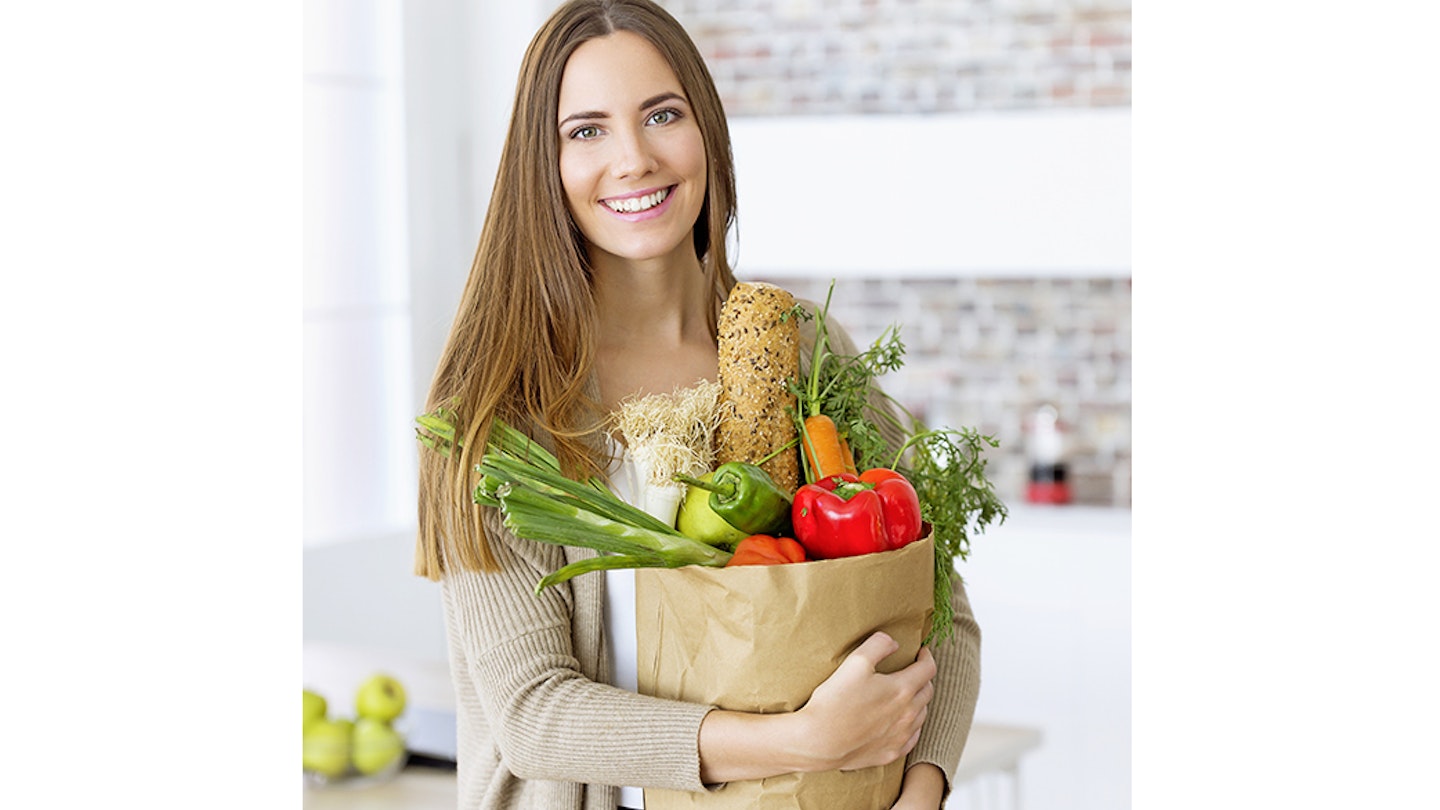Protein
Ensuring that our blood glucose levels are in balance can help us feel energised and prevent sugar crashes and cravings. Good sources of protein include poultry, fish, eggs, pulses, nuts and seeds.
Wholegrains
These help to balance blood sugar levels by releasing energy steadily. They’re also a source of fibre needed to clear out old hormones and toxins. Good sources include brown rice, oats, quinoa and wholewheat pasta.
Leafy vegetables
Spinach, kale, broccoli, cabbage and cauliflower are high in magnesium, which is a nerve and muscle relaxant and may help prevent migraines and cramps. They are also a good source of iron, which may be low, particularly if menstrual flow is heavy.
Healthy fats
Oily fish such as salmon, mackerel, and sardines are high in omega-3 fatty acids. These essential fats have an anti-inflammatory effect, which may reduce period pain and prevent mood swings.
Calcium-rich foods
Foods such as kale, broccoli, beans, almonds, sunflower seeds and seaweed are thought to improve hormone balance and ease menstrual symptoms.
Foods rich in B vitamins
Foods such as wholegrains, nuts, sweet potato and poultry are important for energy production. In particular, vitamin B6 is needed to produce serotonin and dopamine. Including these in your diet may improve mood symptoms.
Water
Drinking plenty of water can reduce menstrual headaches, bloating and water retention. Herbal teas also help.
